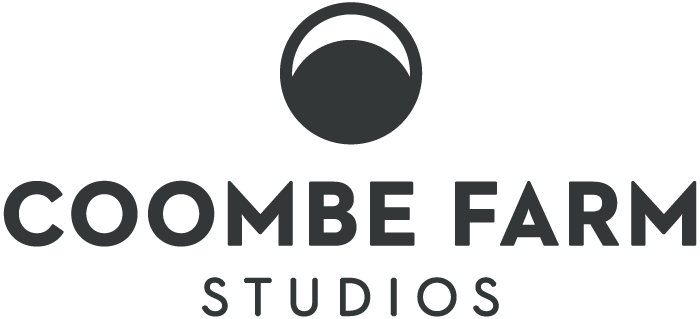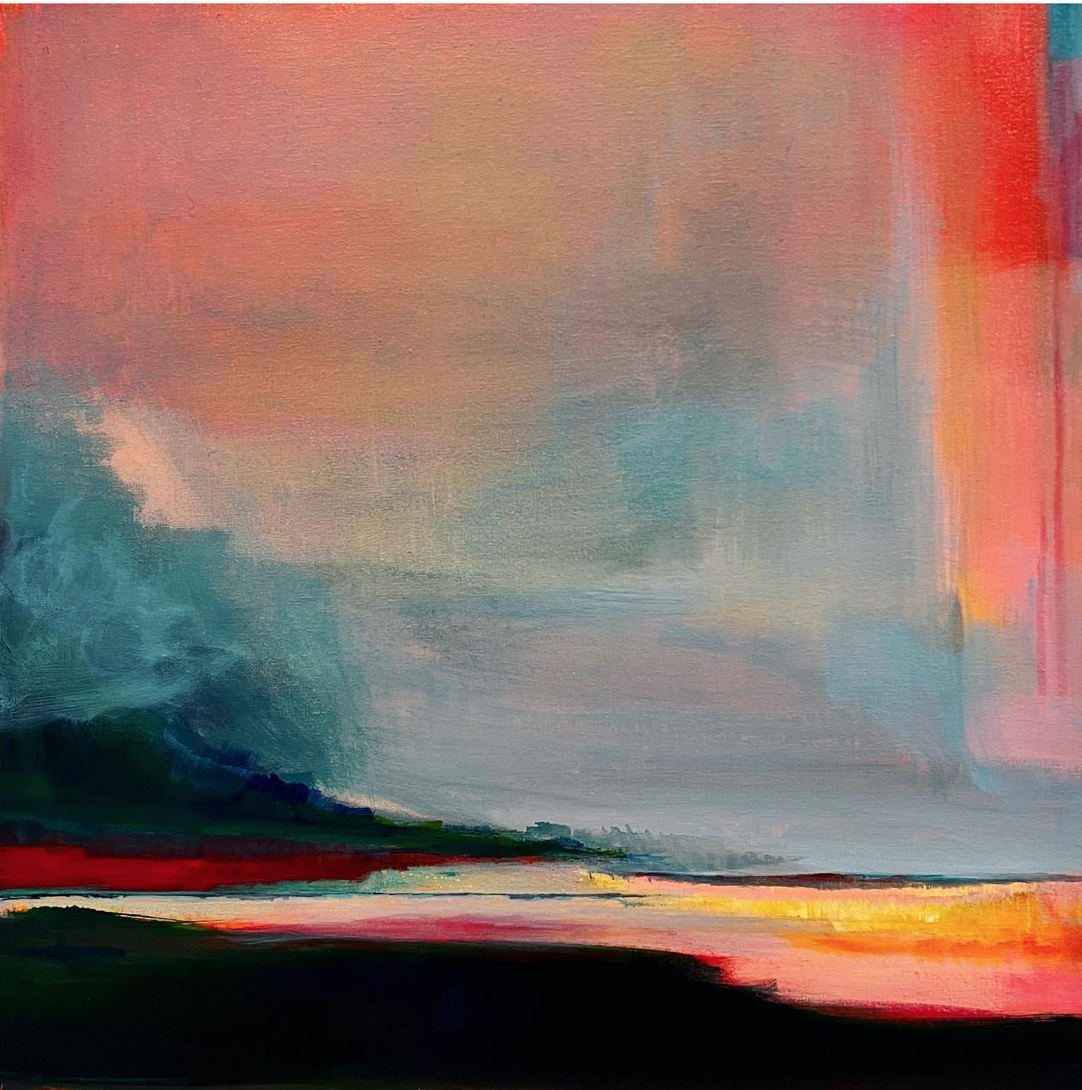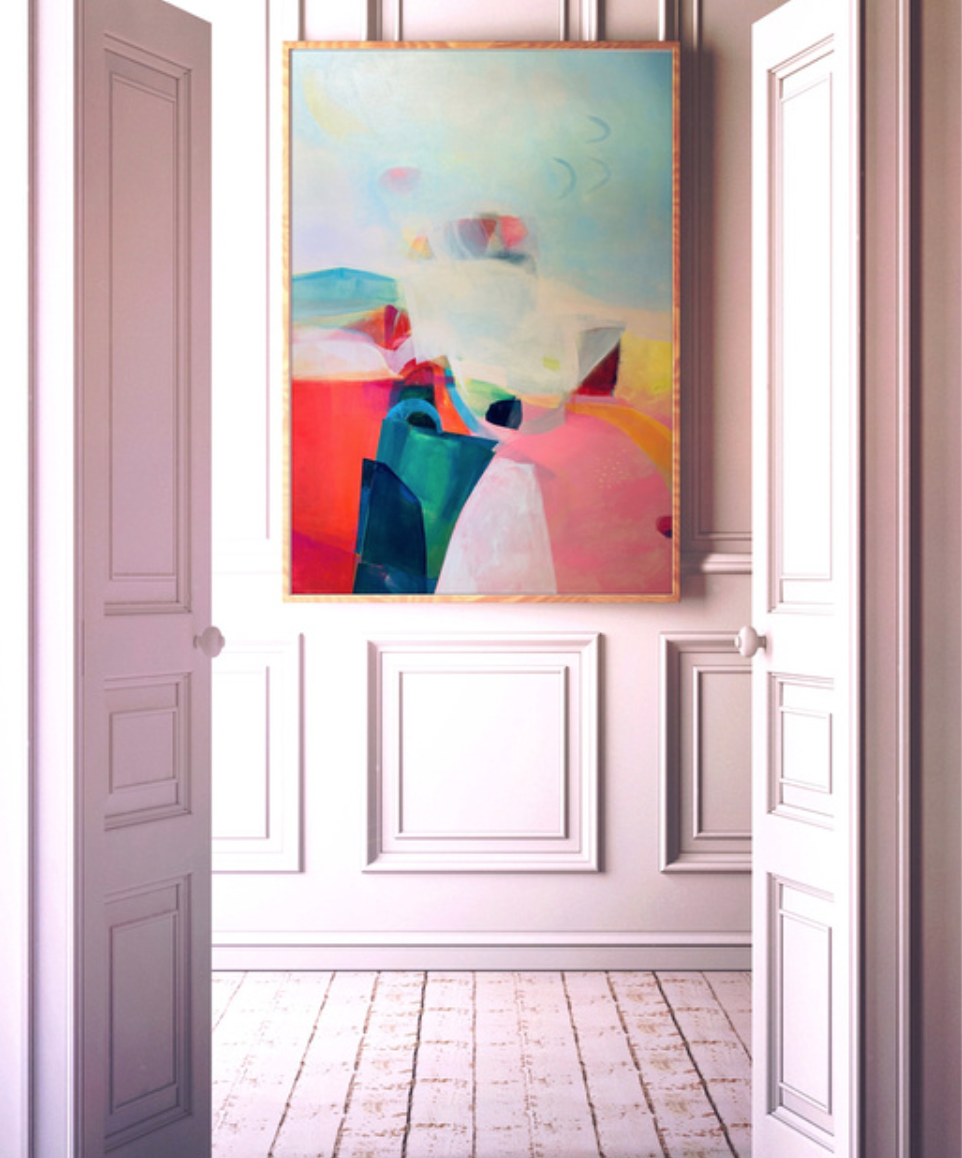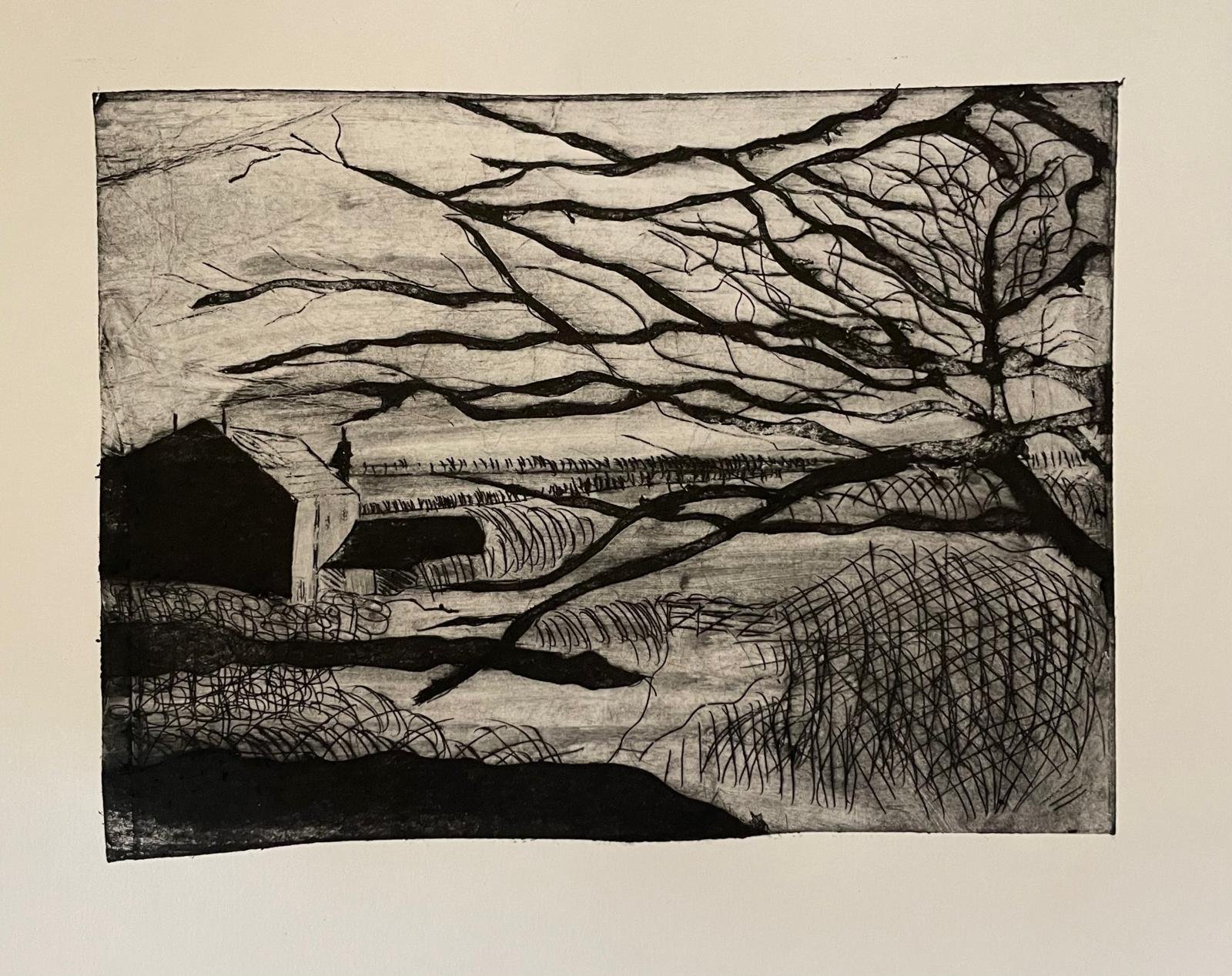This course is a deep dive into the world of colour and intuitive abstract painting and back by popular demand. We have two courses with Kate Trafeli in 2025, this is the first of the two. Kate is a master of colour and composition.
It will be particularly useful if you have some painting experience and want to experiment with abstraction and how you use colour, or if you have more experience and want to free up from your current style and spend some time experimenting with a different approach.
During the course you will explore colour, working with feelings and moods, word, shape and symbol play and different surfaces, moving away from pre-conceptions or past experiences and exploring methods and surfaces on canvases, gessoed board, heavy paper and wood - depending on what you bring and what you’d like to work on. Kate will talk about her own work and the emotive approach that leads to her choices in her works. As with all our tutors she will demonstrate and take you through exercises in mark making techniques, discuss colour theory and investigate composition – all from her own experience as a professional exhibiting artist, enabling you to get inspired and gain new skills.
Kate Trafeli is an American-British painter and curator currently based in London, UK. She makes her works in a north London studio held by arts charity Collage Arts. You can view a video of Kate in studio here and read a brief interview about her on Kate’s tutor page.
Colour synesthesia, symbols/shapes and visible brushstrokes evoke mood and narrative in Kate's works. The fragments visible in her paintings originate out of many avenues: literature and music, architecture, light’s effect on the picture plane. Her practice is grounded in moments and histories from her own and others’ lives, expressed through abstraction and mark making. Kate's stylistically diverse paintings seem familiar and yet otherworldly, with the representational components providing touchstones for the viewer while evading definite answers. The resulting ‘story-pictures’ create an immersive environment, a resonance between the viewer and the work.
Kate shows her work in solo and group shows with well regarded galleries and agents, as well as at The London Art Fair, AAF and SaatchiArt 'The Other Art Fair' in London, Los Angeles and New York. Kate welcomes and has created numerous large-scale private and public commissions.
EXPERIENCE LEVEL: This course is designed for anyone that already has some painting experience who wants to spend some time on working more intuitively, working with feelings and moods, shape and symbol play. Those who like colour and want to move away from pre-conceptions and ideas.
OUTLINE SCHEDULE: Sunday // 5-7pm Residents arrive 7pm non residents arrive followed by welcome drinks 8pm dinner
Monday-Thursday // Breakfast for residents 8.30am, tuition starts at 9,30am for all. 1pm Lunch, tuition resumes 2-5pm.
Friday // Breakfast for residents 8.30am, final tuition session runs 9.30am-1pm followed by final lunch 1-2pm
ACCOMMODATION OPTIONS: Residential and non-residential spaces available. NB residents are not required to share bedrooms, see accommodation for more info.
COST: £821 + VAT for residential which covers all your tuition, accommodation and food from arrival on Sunday through to departure after lunch on Friday. Non-residential fees are £593 + VAT include all tuition, welcome drinks on Sunday and lunch from Mon-Friday.
MATERIALS LIST: There’s a full materials list for this course listed below, which you need to organise, buy and bring with you.
HOW TO GET HERE: Our address is TQ6 0JA [What3words: What3words: fulfilled.exploring.branching] and we have plenty of free onsite parking. Trains > nearest station is Totnes then we can arrange lift shares or send taxi details. We are about 20 minutes from the station.
HOW MANY PEOPLE ON THE COURSE? Min 6 max 12 to allow the tutor to give everyone enough attention and time on the press.
“What drives me to paint are a lot of compelling factors, both internally and emotionally, it could be dreams or experiences, but often its memory and things I’m trying to work through in my own life that start to emerge in the paintings – a lot of the symbolic paintings have those elements in the them…things like home, distance, longing.”
SEASON
Spring at Coombe, particularly April is a gorgeous time of year. Starting to get warm, flowers and greenery coming out. We will be in the studio and going out sketching down the lanes weather permitting. If it’s cooler weather the fires will be on in the studios and accommodation. If it’s sunnier and warmer we may even get to eat outside. Whatever the weather, the combination of studio and great location mean we have options each day
MATERIALS LIST
I will mainly be using the ‘liquid’ paints to demonstrate but also heavy body paint occasionally.
Please bring the following materials with you.
ACRYLIC PAINTS (Liquid or Heavy Body): ‘Any Artist Quality Brand of’:Titanium White // (note: buy any decent ‘white label’ brand such as Jackson or Cass Art’s own Titanium white acrylic paint, 60ml or larger) // Golden “Liquid” (NOT high flow) acrylic paints (30ml bottles - these are quite small) or Golden “Heavy Body” (60ml tubes) in the following colours are recommended. Note: These paints are expensive (but very high quality so a little goes a long way); please feel free to also bring any other acrylic paints you have
COLOURS: Please feel free to add any other colours you wish to work with, this is simply a guide: Hansa yellow // Pyrrole Orange // Pyrrole Red Light (or Cadmium Red Light ) // Quinacridone Magenta // Light Magenta // Phtahlo Blue (red shade) // Cobalt Teal // Light Turquoise // Paynes Grey // Phthalo Blue (red shade) // Permanent Green Light // Bone Black //Green gold // Diarylide gold // Turquoise Phthalo // Ultramarine blue
NON-SOLUBLE CRAYONS: A small set of water-resistant (NOT ’water soluble’) wax crayons - a good basic set is “Caran D’ache Neocolor I Set of 10 Wax Oil Crayons Water Resistant”. There is a good reason for water-resistant crayons as useful for layering
VARNISH AND MEDIUM (Optional - for use sealing finished work at end of course & some glazing techniques): Professional quality acrylic varnish - a good option is “Liquitex Professional Satin Varnish, 237 ml”
Acrylic high gloss medium (such as “Liquitex Professional Gloss Fluid Medium”
BRUSHES: A mix of 3-4 brushes is preferable and it is not necessary to buy new brushes for this course if you have some you are already comfortable with using on acrylic works. As a guide the following from Jackson’s Art Supplies are useful, a mix of flat, pointed round and filbert in some of these sizes:
-Jackson’s own brand Hog bristle brushes series 334 (long flat) in size 4,8,
-Jackson’s own brand hog bristle brushes series 333 pointed round in size 2 and 6
-Jackson’s own brand hog bristle brushes series 335 (filbert) in 10 and 12
(www.jacksonsart.com )
A couple 20mm-40mm wide and if possible OLD/USED decorator’s brush or “mottler” brushes [a 5 pack of “Harris Essentials” synthetic brushes which go from 1/2” to 2” is a great option and very economical, available at Wilco etc. But best rather than new are old beat up brushes you’ve used the house from other projects].
NON-BRUSH TOOLS (OPTIONAL BUT HELPFUL): A palette knife -- especially if you are bringing heavy body paints, Fan brush Pastry scraper (Any thing else you enjoy painting with including found items etc)
PAINTING SURFACES: -Sturdy Mixed media paper sheets for wet and dry materials in a pad (glue bound or spiral) - a good choice is “Strathmore 462-109 400 Series Mixed Media Pad, 9”x12” Glue Bound, 15 Sheets” — available online from many sellers. -Three or four work surfaces in size you are comfortable with experimenting on - 50 cm size and over will give you more scope (primed canvases or MDF boards or large sheets of paper)
MISCELLANEOUS SUPPLIES: A flat palette with a decent-sized mixing area in the middle — or a paper palette pad of tear off sheets (I will be using this and although considered ‘disposable’ will often use it cut into pieces and worked into larger mixed media works)
-A roll of masking tape - preferred is yellow “Frog” brand “delicate surfaces” tape
-Some kitchen roll
-If wanting to work outside a small sketching stool could be useful [I plan to teach this course mainly inside, but if the weather cooperates we will spend some time outside for inspiration/space and if so this could be helpful]
The total price for this residential course is £821 + VAT (£985) including all your food, accommodation and tuition.
At the point of booking/adding to cart, you are asked to pay a non-refundable* deposit of £150.
The remaining balance (£835) is payable three weeks before the course starts (either by bank transfer, cheque or card over the phone)
*Non-refundable and non-transferrable. Please read our full Terms & Conditions including cancellations.
The total price for this residential course is £593 + VAT (£712) including lunch, accommodation and your tuition.
At the point of booking/adding to cart, you are asked to pay a non-refundable* deposit of £150.
The remaining balance (£562) is payable three weeks before the course starts (either by bank transfer, cheque or card over the phone)
*Non-refundable and non-transferrable. Please read our full Terms & Conditions including cancellations.





![KATE TRAFELI - intuitive Abstracts - RESIDENTIAL [£985 inc VAT] MARCH 2025](https://images.squarespace-cdn.com/content/v1/5e8369cf32838066ecfc21b6/6e1b9b59-435f-4a4b-8db6-bb4604ecbbaa/Screenshot+2024-09-30+at+11.15.56.png)










